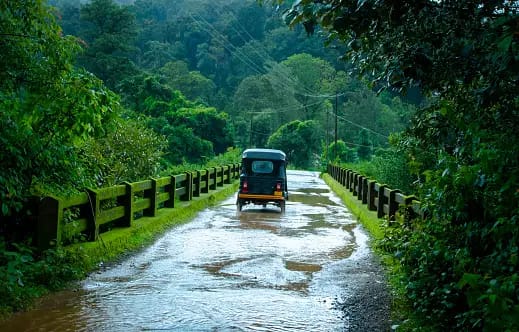Monsoon Mysteries: India’s Weather Resilience Saga in 2023

In 2023, India faced an unusual twist in its weather story—a monsoon shortfall, a rarity since 2018. From June to September, we received a mere 82 cm of rain, a 6% dip from the expected 89 cm. Back in April, warning signs hinted at a lackluster monsoon, with El Niño on the horizon. This natural pattern of warming in the Pacific Ocean tends to reduce rainfall in India, especially in the northwest.
What makes 2023 unique is that it defied expectations. Around 9% of our country saw ‘excess’ rain, while 18% grappled with ‘deficiency,’ leaving the rest with ‘normal’ conditions.
August, usually a pivotal monsoon month, had a third less rainfall than usual. Meanwhile, several northern Indian states, expecting little rain, were suddenly inundated by record downpours. July brought exceptionally heavy rain to Chandigarh, Haryana, and Himachal Pradesh, causing floods and landslides.
Cloudbursts even surprised Himachal Pradesh in August, thanks to so-called western disturbances— storms from the Mediterranean region that don’t usually play a significant role in our monsoon. All these anomalies point to the broad impacts of human-caused climate change.
On the flip side, Maharashtra faced drought-like conditions. Chhattisgarh, Bihar, and Karnataka reported extreme water stress. In Karnataka, tensions rose with neighboring Tamil Nadu over sharing Cauvery River water.
The India Meteorological Department predicts a ‘normal’ northeast monsoon from October to December, with normal to above-normal rainfall in much of northwest and south India. Signs also suggest increased rainfall in parts of southern India. The erratic monsoon reminds us of the urgent need to invest in robust infrastructure that can serve as an all-weather insurance against the ever more unpredictable global climate.
Recent years have seen an emphasis on improving forecast models that can give us a week or two of advance notice about significant weather changes. It’s high time we allocate more resources and expertise to this vital endeavor.”
